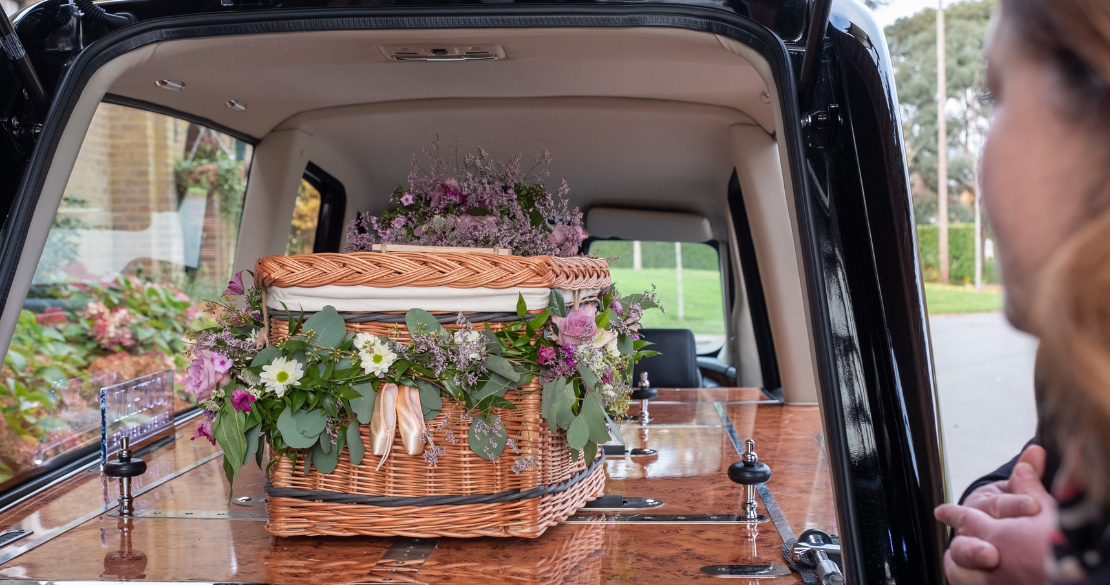A History of the Hearse: Honoring the Departed with Dignity

At Pierce Mortuary Colleges, we take pride in educating the next generation of funeral service professionals. As part of our commitment to promoting knowledge and understanding in the field of mortuary science, we believe it is essential to explore the rich history that has shaped the traditions and practices we hold dear today. In this article, we will delve into the fascinating history of the hearse, a vehicle deeply intertwined with the solemnity and reverence of funeral processions.
Origins of the Hearse
The word "hearse" finds its roots in the Latin word "herse," which means a framework or a structure. While the modern connotation of the hearse refers to a vehicle used for transporting the deceased, its origins can be traced back to medieval times when a hearse referred to a structure that held a coffin or casket during a funeral ceremony.
Evolution of the Hearse
The hearse, as we know it today, has undergone a significant transformation over the centuries. Initially, horse-drawn carriages were utilized to transport the deceased from their place of rest to the final resting place. These carriages were typically ornate, reflecting the social status of the deceased. Over time, the design of hearses evolved, incorporating features such as glass windows, curtains, and elaborate decoration to enhance the solemnity of the procession.
The Influence of the Industrial Revolution
The industrial revolution in the 19th century brought about substantial changes in the funeral industry, including the development of motorized vehicles. The advent of automobiles introduced a new era for hearses, replacing horse-drawn carriages. Motorized hearses offered increased mobility, allowing funeral processions to cover longer distances. This development marked a significant shift in the funeral industry, making funeral services more accessible to a broader population.
Customization and Personalization
As the funeral industry continued to evolve, the hearse became an opportunity for personalization and reflection of the deceased's life. Hearses began to incorporate unique features, reflecting cultural, religious, or personal preferences. Today, funeral homes offer a wide range of customization options, such as customized exterior designs, interior layouts, and technology integrations, to cater to the diverse needs and wishes of families.
Modern Hearses
In the present day, the hearse continues to play a vital role in funeral processions, symbolizing respect and dignity for the departed. Modern hearses are designed with both functionality and aesthetics in mind. They are equipped with features to ensure the safe and secure transportation of the deceased, such as adjustable suspension systems and climate-controlled compartments to preserve the body.
Sustainability and Innovation
With a growing emphasis on sustainability, the funeral industry is embracing eco-friendly practices, and the design of hearses is no exception. Electric and hybrid hearses are becoming increasingly popular, reducing carbon emissions and minimizing the environmental impact. Additionally, innovations in technology have led to the development of digital hearses that incorporate multimedia capabilities to display photographs, videos, or even live-stream the funeral service, allowing mourners to participate remotely.
The Future of the Hearse
As we look ahead, the hearse will continue to evolve in response to changing societal needs and preferences. The funeral industry will likely see further advancements in technology, eco-conscious designs, and customization options. While these developments may alter the physical appearance of hearses, the underlying purpose will remain the same: to provide a dignified and respectful means of transporting the deceased to their final resting place.
The history of the hearse is a testament to the enduring human desire to honor and remember our loved ones with dignity and respect. As funeral service professionals, we carry the responsibility of upholding these traditions while embracing advancements that enhance the funeral experience. By understanding the evolution and significance of the hearse, we can better serve our communities and ensure that every farewell is a fitting tribute to a life well-lived.

